Skilled tradespeople
Locksmiths are skilled tradespeople who specialize in designing, installing, repairing, and maintaining mechanical and digital locks. They can provide a variety of services to help keep your home, business, and vehicle secure.
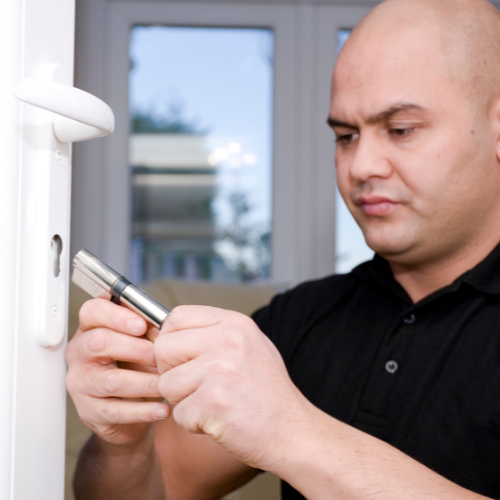
Locksmiths are skilled tradespeople who specialize in designing, installing, repairing, and maintaining mechanical and digital locks. They can provide a variety of services to help keep your home, business, and vehicle secure.

Locksmiths understand the complexities of modern locking systems and how to effectively keep your property safe and secure. With their expertise, they can also provide advice on the best security solutions for you. Whether you need new locks installed, an existing lock serviced, or just want to upgrade your security system, a professional locksmith can assist you in all aspects of your security needs.
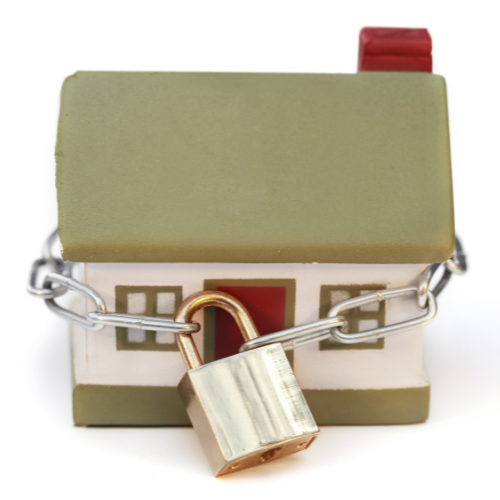
Check their reputation. Ask friends and family for referrals, then research the locksmiths they recommend. Check consumer review websites like Yelp and Google to see what other customers have to say about their experience with the locksmith.
Make sure they are licensed and insured. Any reputable locksmith should be able to provide proof of their license and insurance.
Get an estimate. Before you hire a locksmith, get an estimate in writing of the cost of the job. This will help ensure you don’t get hit with hidden fees or charges.
Ask about their experience. Make sure the locksmith you choose has plenty of experience dealing with the type of lock you need to have opened or installed.
Make sure they are available 24/7. You never know when you’ll need a locksmith, so make sure you hire one that is available 24 hours a day, 7 days a week.

Locksmith services typically include:
-Rekeying locks
-Installing new locks
-Repairing broken locks
-Creating new keys
-Installing high-security locks
-Providing emergency lockout services
-Installing safe locks
-Opening locked safes
-Making master key systems
-Installing CCTV surveillance systems
-Installing access control systems
Padlocks: These are portable locks with a shackle that can be passed through an object to prevent it from opening.
Deadbolt locks: These are locks that are operated by a key from one side and a turn knob from the other.
Combination locks: These are locks that require a specific combination of numbers or letters to be entered in order to unlock them.
Lever locks: These are locks that require a lever to be moved in order to open them.
Cam locks: These are locks that are operated by a rotating cam and are commonly used to secure cabinets, drawers, and other objects.
Magnetic locks: These are locks that utilize an electromagnet to hold the door shut until it is released by an authorized user.
Biometric locks: These are locks that use biometric characteristics such as fingerprints, voice recognition, or eye scans to identify an authorized user.
Determine which type of lock you want to install. Do you want a deadbolt, knob lock, lever handle, electronic keypad, or combination lock?
Remove the old lock from the door by unscrewing the screws that hold it in place and taking off the trim plate.
Place the new lock in the door, making sure the faceplate is flush with the door frame.
Secure the new lock with screws, making sure they are tight.
Install the trim plate and make sure it is secure.
Test the new lock to make sure it works properly.

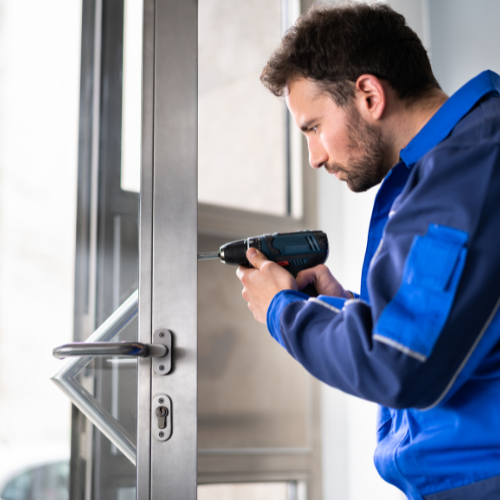
Yes, there are a few special considerations when changing locks. Make sure you get a locksmith who is experienced with the type of lock you need to change and that they have the appropriate tools to do the job.
Additionally, make sure you keep the original keys in a secure place, as well as any spares that are necessary, as you may need them in the future. Finally, you may need to update your insurance policy if you change the locks on your home or business.
The amount of time it takes to install a new lock depends on the type of lock being installed. Most basic locks can be installed in as little as 10 minutes, while more complex locks such as deadbolts or smart locks can take up to an hour.
The best way to keep your locks secure is to use a high-quality lock with a strong deadbolt and to change the locks periodically. Additionally, it is important to make sure you are using strong passwords and avoiding using common words or phrases. Finally, consider using a lock monitoring service that will alert you if someone attempts to access your locks without permission.
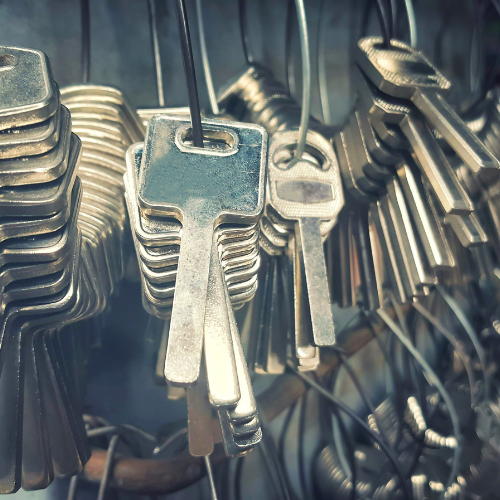
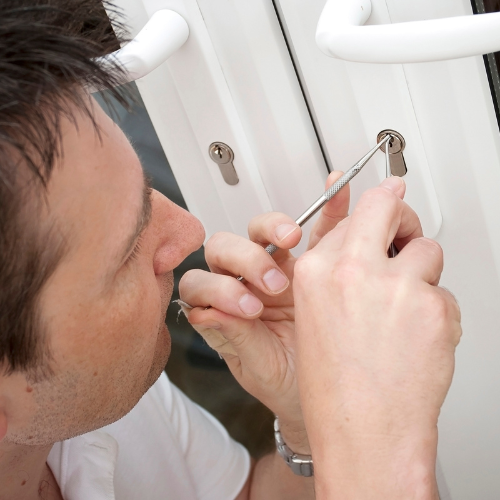
The type of security system you should use for your home or business depends on your individual needs, budget, and the size of the property. For small homes, basic systems with motion sensors, camera surveillance, and alarm systems can provide a good level of protection.
For larger businesses, more complex systems such as access control, video surveillance, and biometric authentication may be necessary. It is also important to consider any local laws and regulations that may apply to your security system.
Install a security system with motion sensors, alarms, exterior lighting, and surveillance cameras.
Always lock all doors and windows when leaving the property.
Make sure the property is well-lit at night.
Install deadbolt locks on all entry doors.
Trim back any trees or shrubs that may provide cover for intruders.
Use timers to turn lights and other electrical devices on and off when you are away.
Install strong locks on all outbuildings, sheds, and garages.
Keep valuables out of sight.
Engrave your name and address on valuable items.
Request neighborhood watch programs in your area.
The best way to tell if a locksmith is trustworthy is to do your research. Check out online reviews and look for any complaints or red flags. You should also make sure the locksmith is licensed and insured. Ask if they have references you can call and if they offer any warranties or guarantees.
Finally, be sure to get an estimate from the locksmith before hiring them.
When looking for a locksmith, it is important to ensure that they are certified by a reputable organization. This ensures that the locksmith has had the necessary training and experience in order to provide a quality service.
The following qualifications and certifications are commonly found amongst locksmiths:
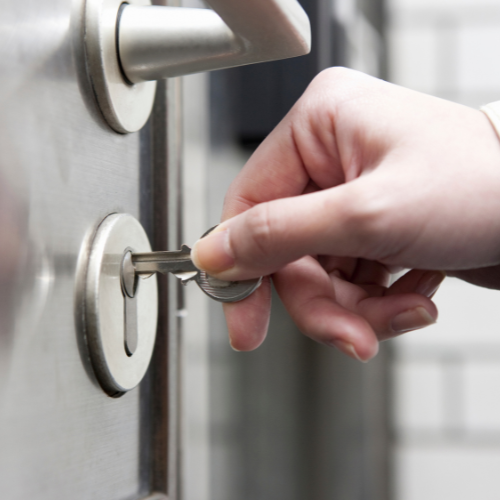
Research the locksmith industry. You should know the basics of locksmithing, such as how to install and repair locks, before you begin studying for the Certified Master Locksmith (CML) exam.
Contact the Associated Locksmiths of America (ALOA). The ALOA administers the CML exam and can provide you with information about the test, including cost and study materials.
Purchase the ALOA’s study guide. This guide will help you prepare for the CML exam by providing an overview of locksmithing, as well as detailed information on various types of locks and security systems.
Complete the ALOA’s online application. You must apply to take the CML exam and pay the applicable fee.
Take and pass the CML exam. The exam is administered at ALOA-approved testing centers. It consists of multiple-choice questions covering topics such as lock installation, repair, and bypassing.
Receive your CML certification. After you pass the CML exam, you will receive a certificate from the ALOA. This certificate will prove that you are a certified master locksmith.
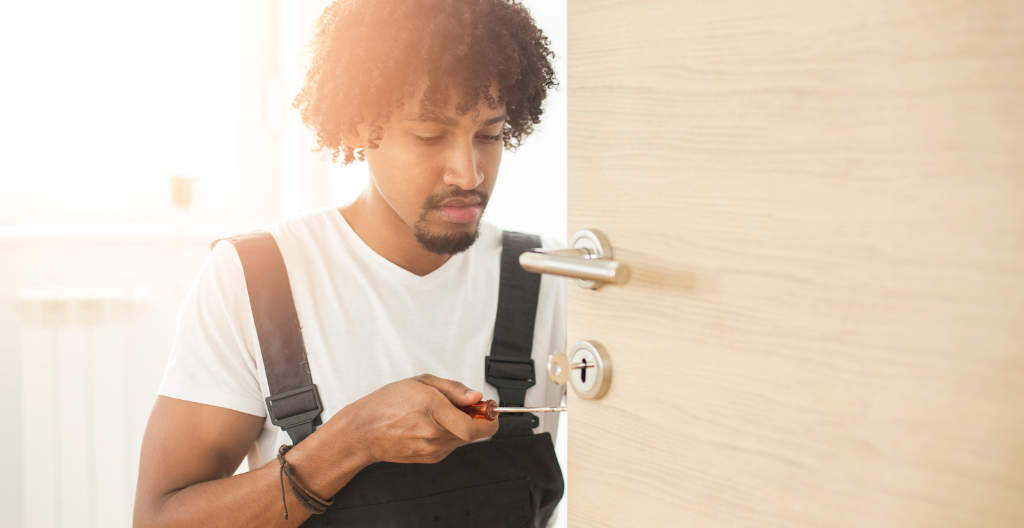
In order to become a Certified Professional Locksmith (CPL), one must first complete the requirements set by their local licensing authority. These requirements vary from state to state, but generally include completing a training program and passing an exam. After this, one must obtain a locksmith license in their respective state and pass a background check.
Once all of these steps are taken, a locksmith can then apply to be certified through a professional association such as the Associated Locksmiths of America (ALOA). The certification process involves completing an application, providing proof of membership to ALOA, and submitting a portfolio of work. Once these steps are taken, the locksmith will be granted a CPL certification.
In order to become a Certified Automotive Locksmith (CAL), you must first complete an approved Automotive Locksmith Certification Program. Many professional locksmith associations offer such programs. During the program, you will learn the fundamentals of automotive locksmithing, including lock types, lock picking, key cutting, and more.
After completing your Automotive Locksmith Certification Program, you must pass the CAL Exam in order to become a Certified Automotive Locksmith. The exam is administered by the Professional Locksmiths of America and consists of written and practical sections. Depending on the program you completed, you may need to take additional courses before taking the exam.
Most states require locksmiths to be licensed in order to practice legally. To obtain a locksmith license, you must usually pass a background check and provide proof of training or educational qualifications. Additionally, you may need to meet certain age and residency requirements.
Becoming a member of a professional locksmith association can help you stay informed about industry news and upcoming events. It can also be beneficial to network with other locksmiths and gain access to resources and tools.
Once you have become a Certified Automotive Locksmith, you must apply for recertification every three years in order to maintain your certification. To do this, you will need to provide proof of continuing education as well as pay a recertification fee.

Before you can become a Certified Residential Locksmith (CRL), you must first become a professional locksmith. This typically involves completing a locksmith program at a trade school or technical college and earning a certificate or diploma in the field.
Once you have completed your locksmith program, you will need to obtain licensure from the state in which you wish to work. Each state has its own licensing requirements, so make sure to check with your state’s locksmith board for specific details.
The Associated Locksmiths of America (ALOA) is a national organization that provides certification and support for locksmiths. To become a CRL, you must be a member of ALOA and must meet a certain set of requirements, including passing an exam and having at least two years of professional experience as a locksmith.
After you have become a member of ALOA, you can take the CRL exam. This exam covers topics such as codes and standards, residential locksmithing, and security systems. You must pass the exam in order to obtain your CRL certification.
Once you have become a Certified Residential Locksmith (CRL), you will be able to provide locksmithing services to residential customers. You may also be able to offer additional services such as installation and repair of electronic security systems.
In order to become a Registered Professional Locksmith (RPL), you must first meet the criteria set out by the Master Locksmiths Association (MLA). This includes having at least three years of experience in the locksmith trade, passing a criminal background check, and obtaining a valid government-issued license.
Once you have met the criteria, you can apply for registration with the Master Locksmiths Association. You will then be required to complete an approved training program and pass an examination. Upon successful completion of the program and examination, you will receive your RPL certificate.
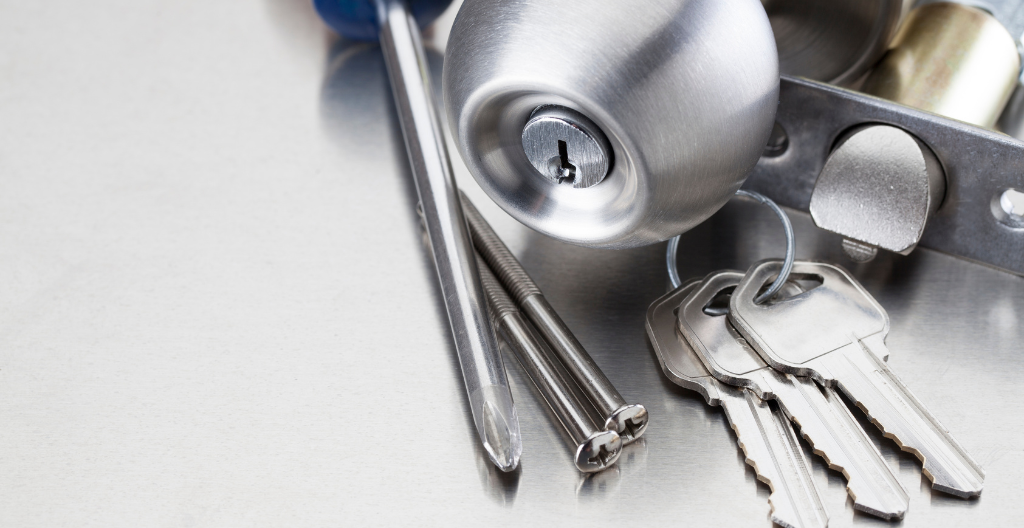
Obtain a degree or certificate in locksmithing from a school or program accredited by the Associated Locksmiths of America (ALOA).
Become a member of the ALOA and maintain active membership.
Pass the ALOA Certification Exam.
Obtain a valid business license in your state.
Purchase insurance coverage for your business.
Join a professional locksmith organization such as the National Locksmith Association (NLA).
Complete continuing education courses to stay up-to-date on new technologies.
Maintain high standards of customer service and ethical business practices.
To become a Registered Master Locksmith (RML), one must first meet the prerequisites set by the Associated Locksmiths of America (ALOA).
These requirements include completing a minimum of two years in the locksmith trade, passing a background check, and obtaining a valid state license. After these prerequisites are met, an individual can apply for the RML designation by submitting an application to the ALOA. Once approved, the individual will receive a certificate and a special pin recognizing their achievement.
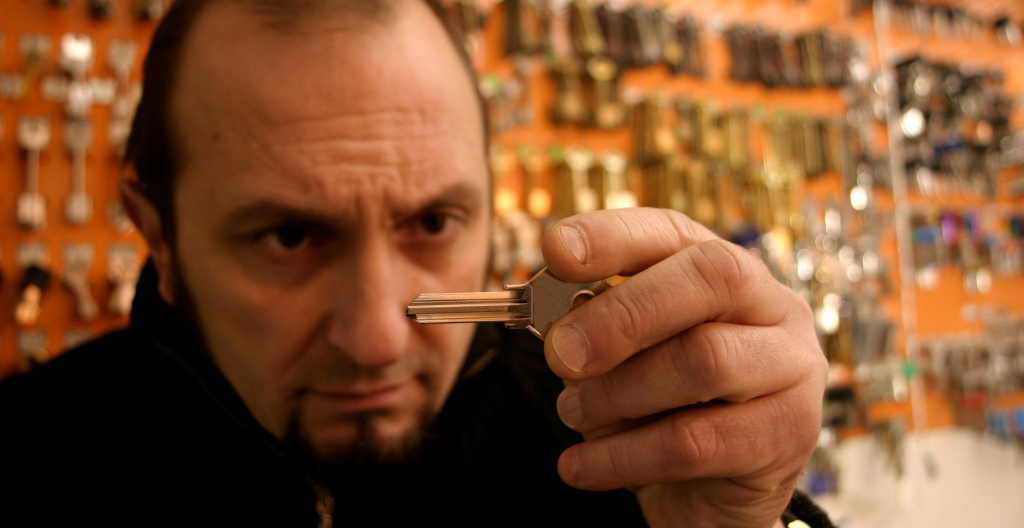
Complete an approved locksmith training program. Most states require locksmiths to complete a formal training program that includes instruction in the areas of lock installation and repair, key making, and safe combination changes.
Pass the state licensing exam. Once you have completed the required training program, you must pass the licensing exam in order to become a Licensed Professional Locksmith (LPL).
Obtain a license. Each state has different requirements for obtaining a locksmith license. Generally, you must submit an application, provide proof of completion of a training program, and pass a background check.
Obtain liability insurance. In order to protect yourself and your customers, you will need to obtain liability insurance. This insurance will cover any damages that may occur as a result of your work.
Join a professional organization. Joining a professional organization such as the Associated Locksmiths of America (ALOA) will help you stay up-to-date on industry news, get access to continuing education courses, and network with other locksmiths.
Keep your knowledge and skills current. As technology advances, so do the tools and techniques used by locksmiths. It is important to stay current on new products and methods in order to provide the best possible service to your customers.
The importance of a professional locksmith service cannot be overstated. A reliable, experienced locksmith can provide you with peace of mind and security as they are well-trained and equipped to handle any type of lock-related problem you may face. Whether you need a new lock installation, key replacement, lock repair, or any other locksmith services, you can trust that a professional locksmith will be able to help you quickly and efficiently. With their knowledge and expertise, you can rest assured that your locks will be secure and your property will remain safe.